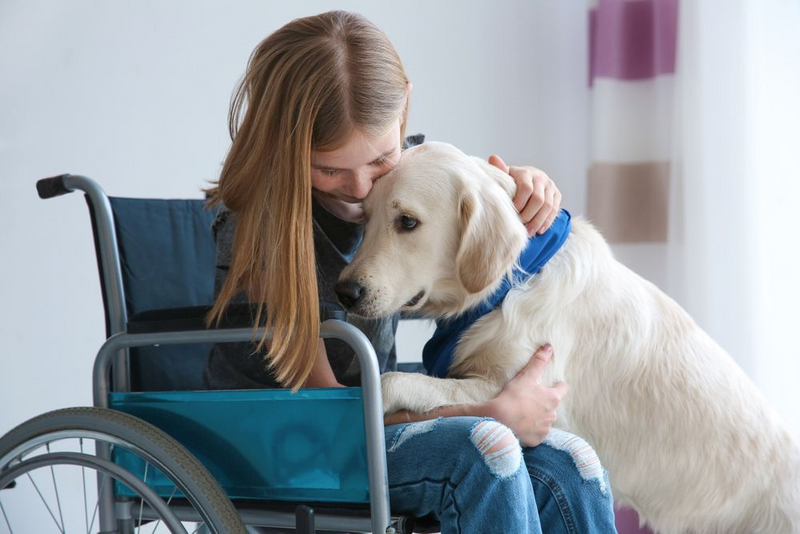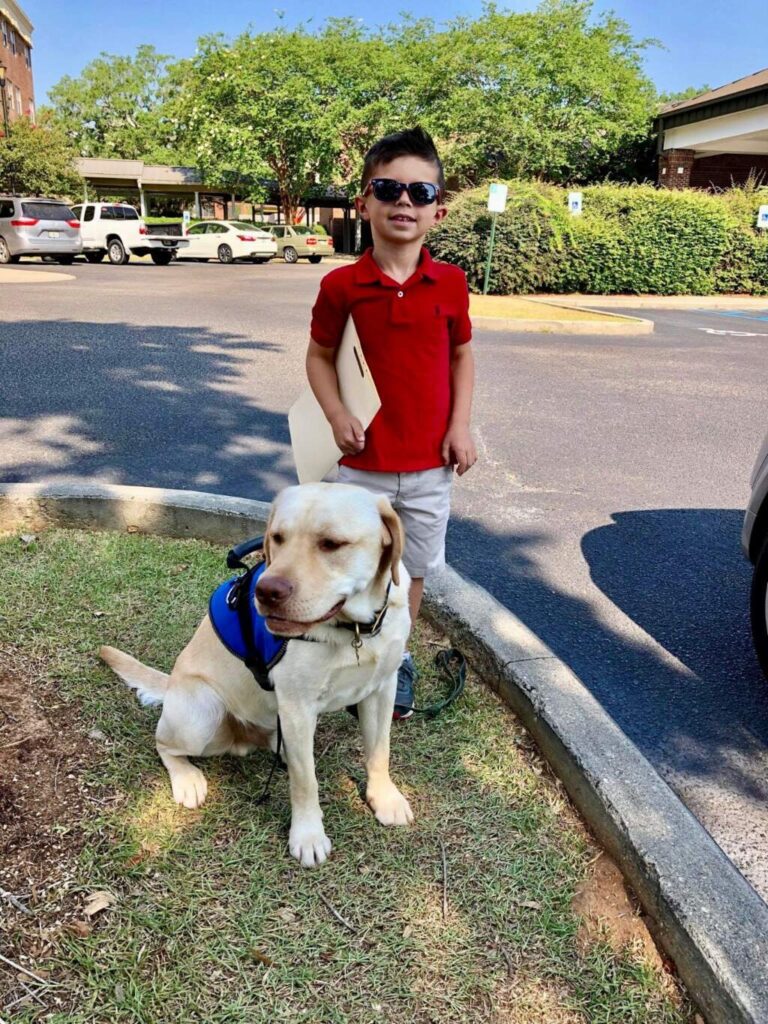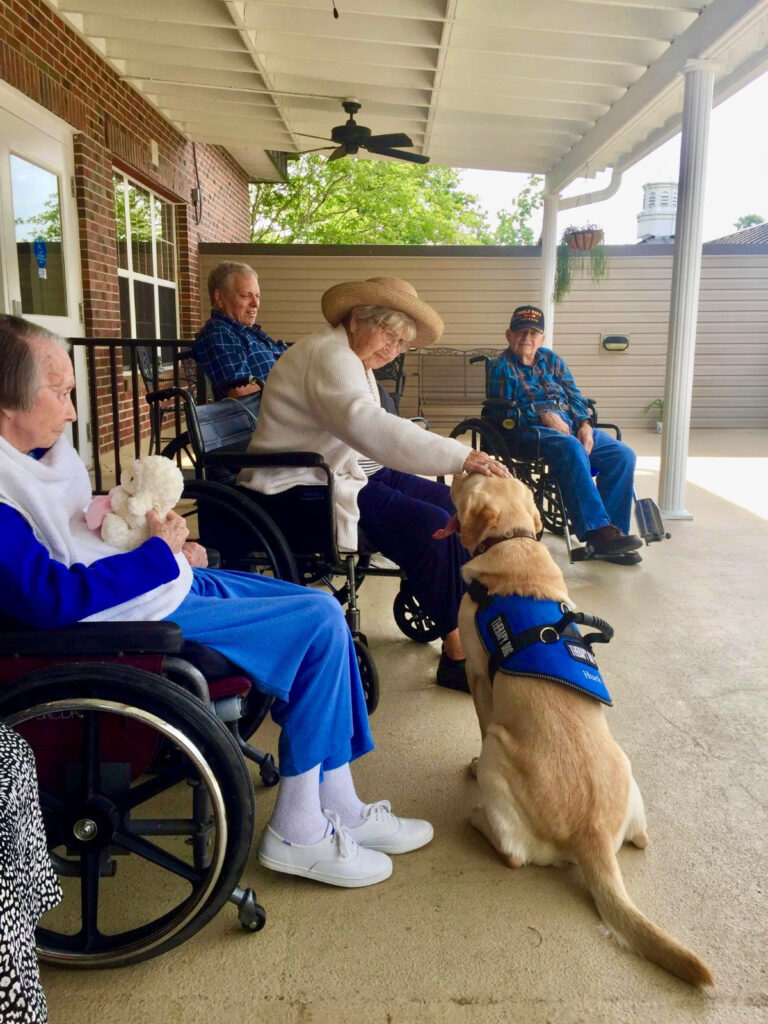Types of Support Dogs We Train
Companion Dog
A companion dog is a dog that does not work, providing only companionship as a pet, rather than performing specific tasks. Any dog can be a companion dog.
These dogs can bring much needed comfort and support to their owners, such as easing emotional distress and lessening feelings of loneliness by providing companionship and acting as a link to social interaction with other people.
There are also practical benefits to having a companion dog. A person may be more active while caring for a dog and distracted from their own issues. Dogs can also give their owners a sense of identity and self-worth.


Therapy Dog
Therapy dogs play a different role than service dogs and emotional support animals. They aren’t trained to live with a specific handler. Rather, these are dogs that — with their human teammate (often the dog’s owner) — volunteer in clinical settings, such as hospitals, mental health institutions, hospices, schools, and nursing homes, where they provide comfort, affection, and love in the course of their work. Therapy dogs are trained to be comfortable in new environments and to interact with different people.
94% of therapy animals are dogs
81% of children with ASD prefer to play with animals over toys
60% of US hospice providers use complementary pet therapies
Emotional Support Dog
Emotional support dogs are not considered service dogs under the Americans with Disabilities Act. They may be trained for a specific owner, but they are not trained for specific tasks or duties to aid a person with a disability, and this is the main difference between ESAs and service dogs. This doesn’t minimize the support these dogs provide for people with a psychological disorder. They’re considered companion animals and typically ease anxiety, depression, some phobias, and loneliness.
In order to be considered an emotional support dog, the dog must be prescribed by a mental health professional for a patient with a diagnosed psychological or emotional disorder, such as anxiety disorder, major depression, or panic attacks.
In 2019 there were nearly 200,000 emotional support animals in the US, up from 2014 where there were merely 2,400. Americans across the country are realizing the immense benefit associated with emotional support dogs.


Service Dog
As defined by the Americans with Disabilities Act (ADA), service dogs are individually trained to perform specific tasks and to work with people with disabilities. According to the ADA, disabilities can be “physical, sensory, psychiatric, intellectual, or other mental disability.” The work of the service dog must be directly related to the handler’s disability. These are just some of the things a service dog can do:
- Guide dogs help blind people navigate the world.
- Hearing (or signal) dogs alert deaf people to sounds, such as a knock on the door or a person entering the room.
- Psychiatric dogs are trained to detect and lessen the effects of a psychiatric episode.
- Service dogs help those in wheelchairs or who are otherwise physically limited. They may open doors or cabinets, fetch things their handler can’t reach, and carry items for their handler.
- Autism assistance dogs are trained to help those on the autism spectrum to distinguish important sensory signals, such as a smoke alarm, from other sensory input. They may also alert their handler to repetitive behaviors or overstimulation.
- Service dogs that are trained to recognize seizures and will stand guard over their handler during a seizure or go for help.
Our LoveDogs in the World
Lovedog’s hard work has helped so many people over the past years. Here are a few of the dogs and people who we have been blessed to work with.



